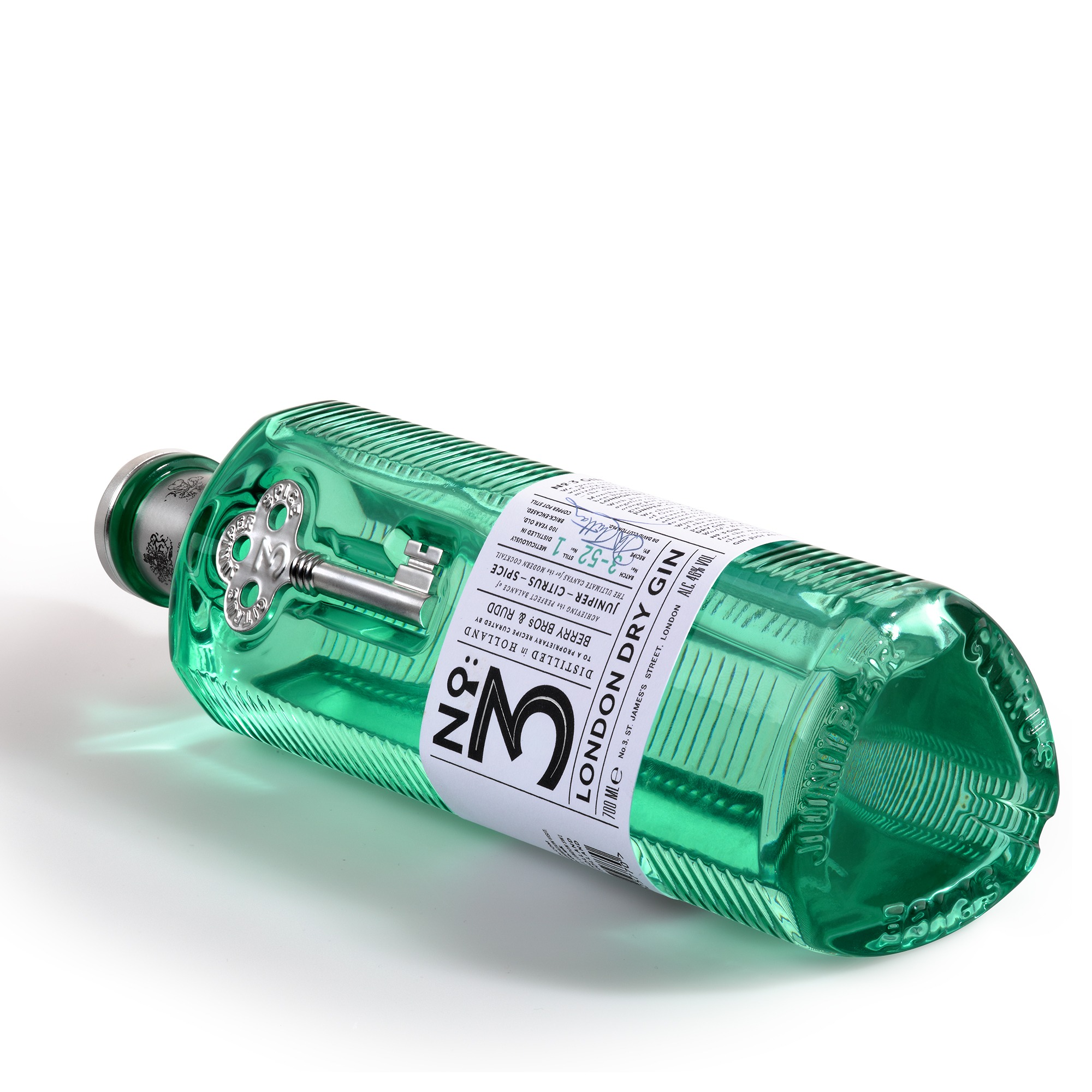There are no two ways about it – the quality of your product photography can make or break every sale. When selling products online, the pictures you publish are all your customers have to go on.
Outstanding product descriptions are all well and good, but are completely redundant without exceptional product photography.
Unfortunately, most smaller online retailers make the same basic mistakes when shooting and publishing product snapshots. Many of which assume that as they’ve as limited budget and relatively remedial equipment, quality packshot photography is beyond their capabilities.
It isn’t – it simply means adapting your approach accordingly.
With this in mind, here’s a brief rundown of eight product photography tips that could help maximise conversions for your online business:
1. Keep things simple
If in doubt, eliminate all unnecessary complications from the equation. Use a crisp white background to frame your photos, ensuring all attention is focused on the product itself. If distractions are unnecessary, get rid of them.
2.Think in context
With some products, it can be highly impactful to present them in an appropriate context. In clothing photography for example, a watch being worn by sharply dressed individual, rather than presented on a generic watch stand. Help the customer visualise how they stand to benefit by buying your products.
3. Embrace natural light
All the artificial lighting in the world cannot make up for the quality and appeal of natural light. Hence, you’ll want to time your shots accordingly, making the most of the brighter times of day when you’ve plenty of the stuff to work with.
4. Use multiple lighting sources
If natural light isn’t an option, do what you can to recreate it. This means using multiple lighting sources in different positions and at varying proximities to the product. Your goal is to replicate the appeal of natural light, while avoiding any potentially problematic shadows, reflections and so on.
5. Use a tripod
More or less a no-brainer, but worth emphasising. A reasonable tripod for a camera or smartphone costs next to nothing these days. Yet it can make all the difference in the world, particularly where it’s necessary (or preferable) to experiment with slower shutter speeds.
6. Forget fad filters
Save your use of weird and wonderful filters for social media. When product images are extensively Photoshopped or given the Instagram treatment, they’re immediately viewed with suspicion. If they’re as fantastic as you say they are, you shouldn’t have to overembellish them.
7. Use macro mode
This is the setting most smartphones and cameras have these days for close-up photography. Don’t just take normal shots and zoom in, use macro mode to create high-precision imagery that highlights the finer details of your products.
8. Clearly communicate scale
Last up, it’s essential to give your customers a clear indication of the size and general dimensions of the product they’re looking at. Don’t leave it to their imagination – use something in the shot that clearly communicates the size and scale of the product in question.
Craig Upton
Craig Upton supports UK businesses by increasing sales growth using various revenue streams online. Creating strategic partnerships and keen focus to detail, Craig equips websites with the right tools to increase traffic. Craig is also the CEO of iCONQUER, a UK based company and has been working in the digital marketing arena for over a decade. A trusted SEO consultant and trainer, Craig has worked with British brands such as FT.com, DJKit, UK Property Finance, Serimax and also supported UK doctors, solicitors, builders, jewellers, to mention a few, gain more exposure online. Craig has gained a wealth of knowledge within the digital marketing space and is committed to creating new opportunities working with UK companies.


